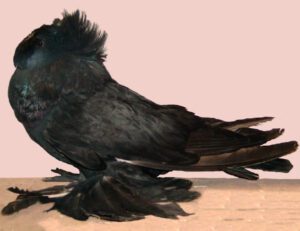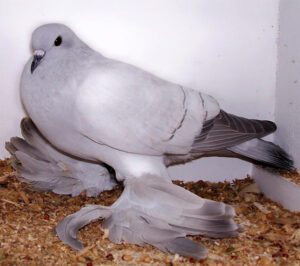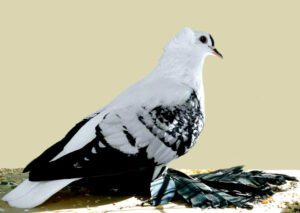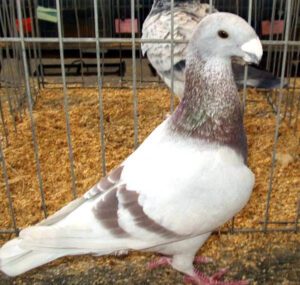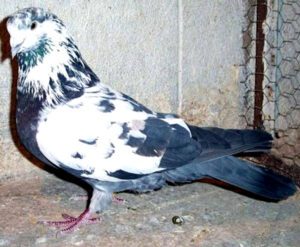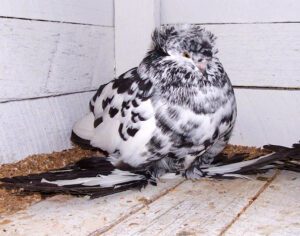The Oriental Roller pigeon is a breed of domestic fancy pigeon from United Kingdom. It is highly common in it’s native area and actually was developed over many years of selective breeding.
This breed along with other varieties of domesticated pigeons, all are descendants from the rock pigeon.
It is also known by some other names such as Turkish Oriental Roller and Flying Oriental Roller. It is mainly a flying breed, but there are also some breeders who are interested in breeding them for show rather than flying performance.
The breed was actually developed in the 1870s, and it was one the varieties used for developing today’s popular Birmingham Roller Pigeon. However, read some more information about the breed below.
Oriental Roller Pigeon Origin And History
The exact origins of the Oriental Roller Pigeon are unknown, but it is believed to have originated in the Middle East. The breed was developed for its tumbling flight, which was prized as a form of entertainment.
The bird was brought to Europe in the 18th century and quickly gained popularity among breeders. Today, the breed is recognized by many pigeon fancier organizations and is kept for its unique appearance and flight patterns.
Characteristics
The Oriental Roller pigeon is a large breed and long-winged. The breed lack an oil duct and, instead, seem to have an abundance of oil quills in their plumage. They also have13-20 feathers in their tail, compared to the average pigeon variety, which has about 12.
Average body height of the mature Oriental Roller pigeon is between 32 and 34 cm. And average live body weight of the mature birds vary from 280 to 400 grams.

Uses
Oriental Roller pigeons are excellent flyers, and they are raised primarily for flying purpose.
Special Notes
The Oriental Roller pigeon is a very strong breed of domestic pigeon. It is excellent flyer, and can fly as individuals or as part of a team.
Although these birds can sometimes perform in a nervous, darting manner in flight, but they are not nervous birds. Most people agree that it is a confident, and sometimes even a bold or somewhat aggressive pigeon.
And it may sometimes hold itself aloof from other pigeon breeds. But in most cases, these birds are not afraid of people, and they can easily be trained to fly to their owner for treats or just for attention.
The breed is also pretty good for raising as pets. Lifespan of the Oriental Roller pigeon is average, like most other domestic pigeon breeds. It’s lifespan on average is between 7 and 10 years.
However, review full breed profile of the Oriental Roller pigeon in the following chart.
| Breed Name | Oriental Roller |
| Other Name | Turkish Oriental Roller and Flying Oriental Roller |
| Breed Purpose | Mainly flying, also show, ornamental and pets |
| Special Notes | Beautiful birds, very hardy and active, strong, excellent flyer, love human company, good for show purpose, and also good for raising as pets |
| Breed Class | Medium to large |
| Weight | 280 to 400 grams |
| Climate Tolerance | Native climates |
| Flying Ability | Excellent |
| As Pets | Good |
| Color | Many |
| Rarity | Common |
| Country/Place of Origin | United Kingdom |

